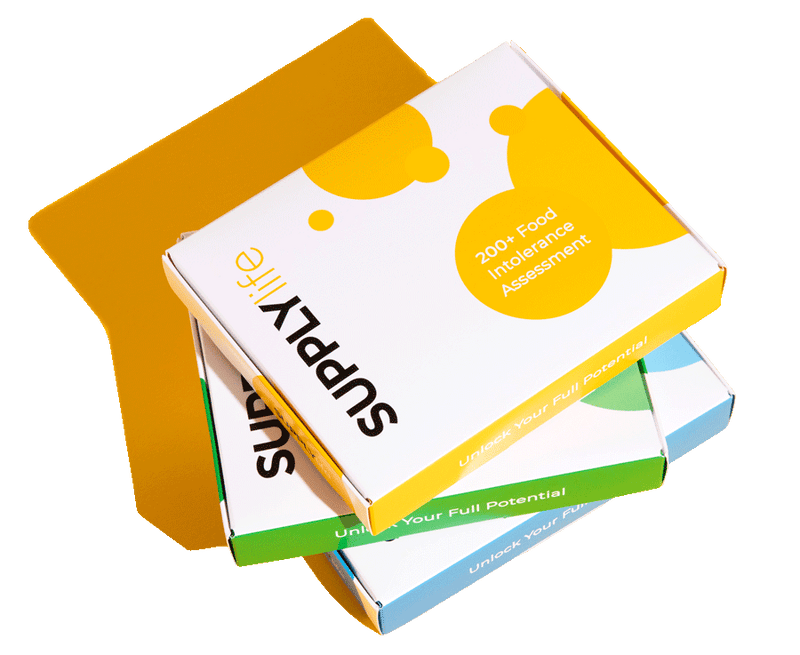Food Intolerance Symptoms
Stomach Discomfort
Stomach discomfort is one of the most common, with a prevalence within the general population of somewhere between 12% – 30%. The main symptoms associated with stomach cramps, bloating, flatulence, diarrhoea and lethargy / lethargic, with most individuals attributing their symptoms to adverse food reactions.
Dry Skin
Dry Skin
“I’ve suddenly started to get a lots of eczema which I only had growing up as a teenager and I found out I was getting breakouts around my mouth.”
“within 2 – 3 weeks of completely cutting out those really high intolerant foods and drink, I notice the eczema was pretty much gone, rash around my mouth and breakouts were subsided , the bloating was definitely gone.”
Joint Pain
Joint Pain
“five years ago come off stage and my hands are quite swollen and started getting problems with my joints the to the point it was waking me up in the middle of the night.”
“stop taking all foods I wasn’t supposed to be eating, my joint pain has disappeared I’d say by 90% and i m not waking up in the night anymore I can play guitar play piano as much as I like in the day so yeah just basically if you got similar problems definitely try it out it definitely works.”
Bloating
Bloating
“There’s two things that really happened pretty much after a few days, first is that I’m having much more energy.”
“I really not have this energy slump after my meal, my energy levels are much more consistent and at the peaks when im having higher energy levels, its actually much higher than it used to be.”
Energy Levels
Energy Levels
“I’ve got so much more energy when I eat rather than feeling sort of lethargic and feeling like I need to lay down, the bloating’s gone.”
“I just want to say thank you to Supply Life for helping me with all this because I feel like a different person.”
“I just don’t feel nauseous anymore which is really like weird feeling to have after eating but that how I used to feel and I used sort of undoing buttons all the time where my bodies just swelling up.”
Unwanted Weight
Unwanted Weight
“I’m not feeling as bloated already I’m feeling a lot more alert 10 days now I’ve been on a sort of diet plan I’ve been doing myself and I’ve lost nearly 3 kilos.”
“I do feel a lot less bloated my sleeping pattern is quite quite a bit better.”
“Massive improvement I’m I’m not as tired as I once was but yeah it’s great it’s going the right way.”

Need some help?
Speak with one of our clinicians and get personalised advice.
Monday to Friday 9am-4:30pm

Our Story
Supply Life owes its very existence to a founder who suffered and struggled for many years with stomach issues. He finally decided he had to do something about the gut problems that were wrecking his life. He embarked on a course of study and discovered that the answer to his IBS was to avoid the foods that upset his metabolism and eat only the foods that he could digest with ease.
Ricky - Founder of Supply Life

Unlock your full potential today
